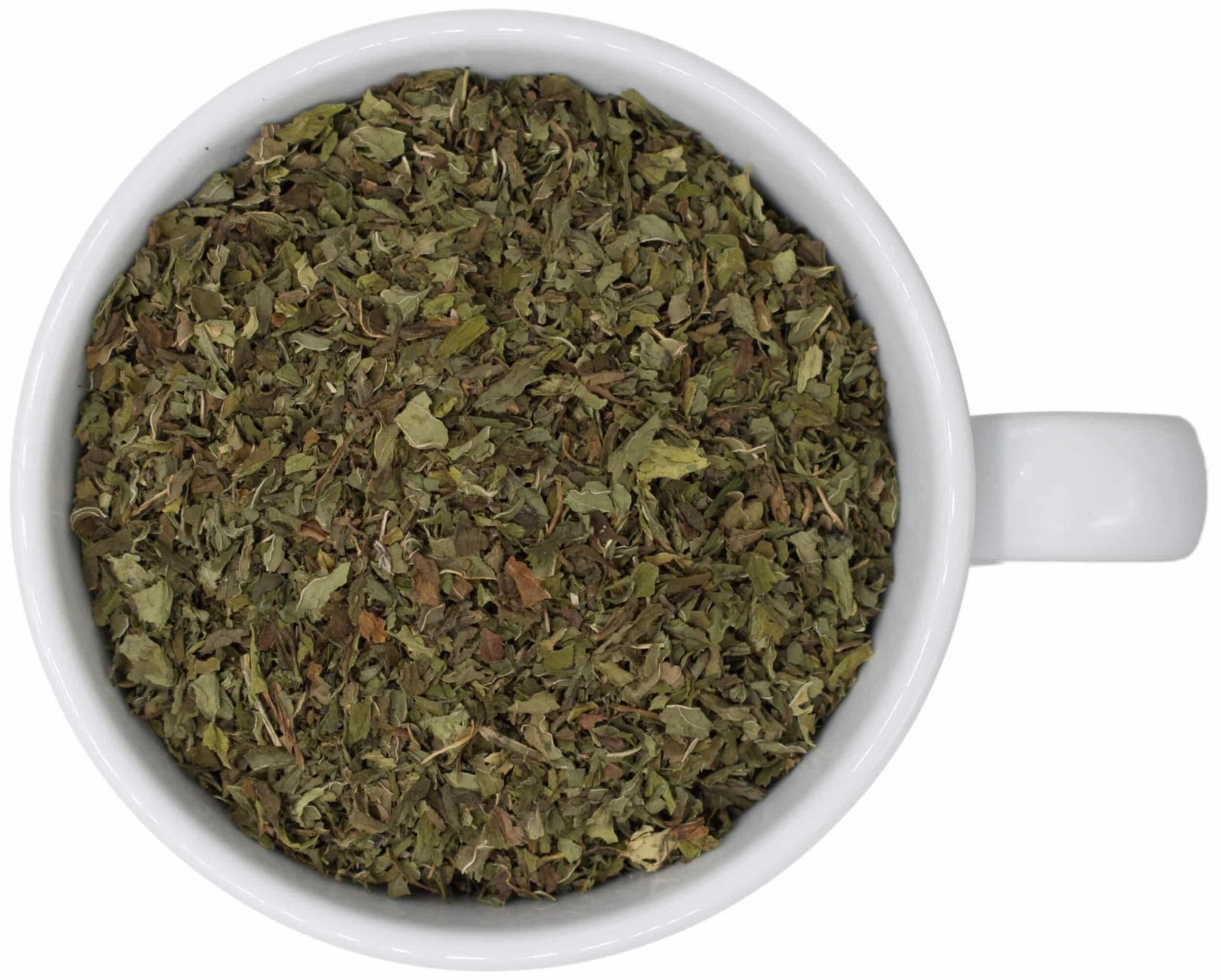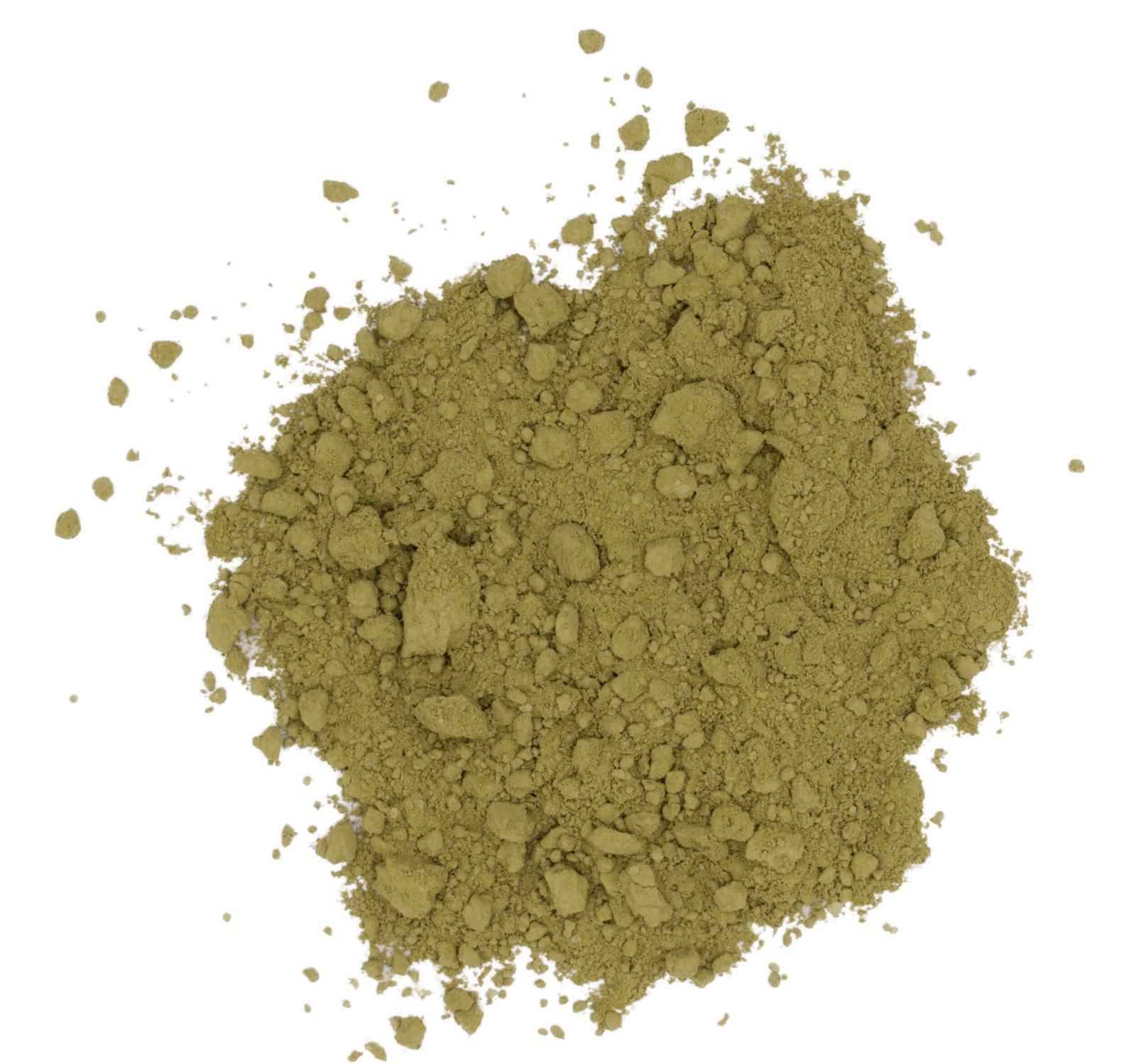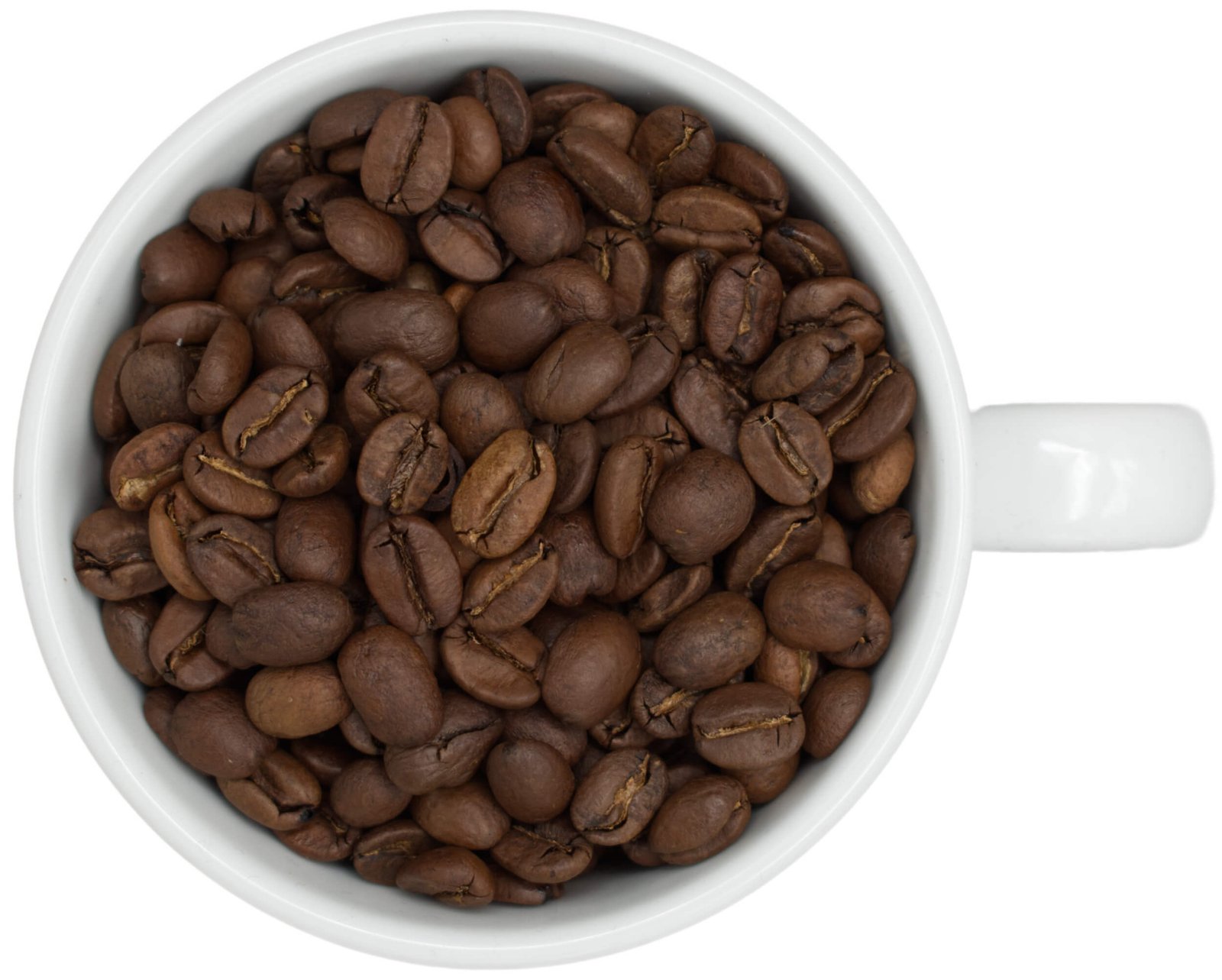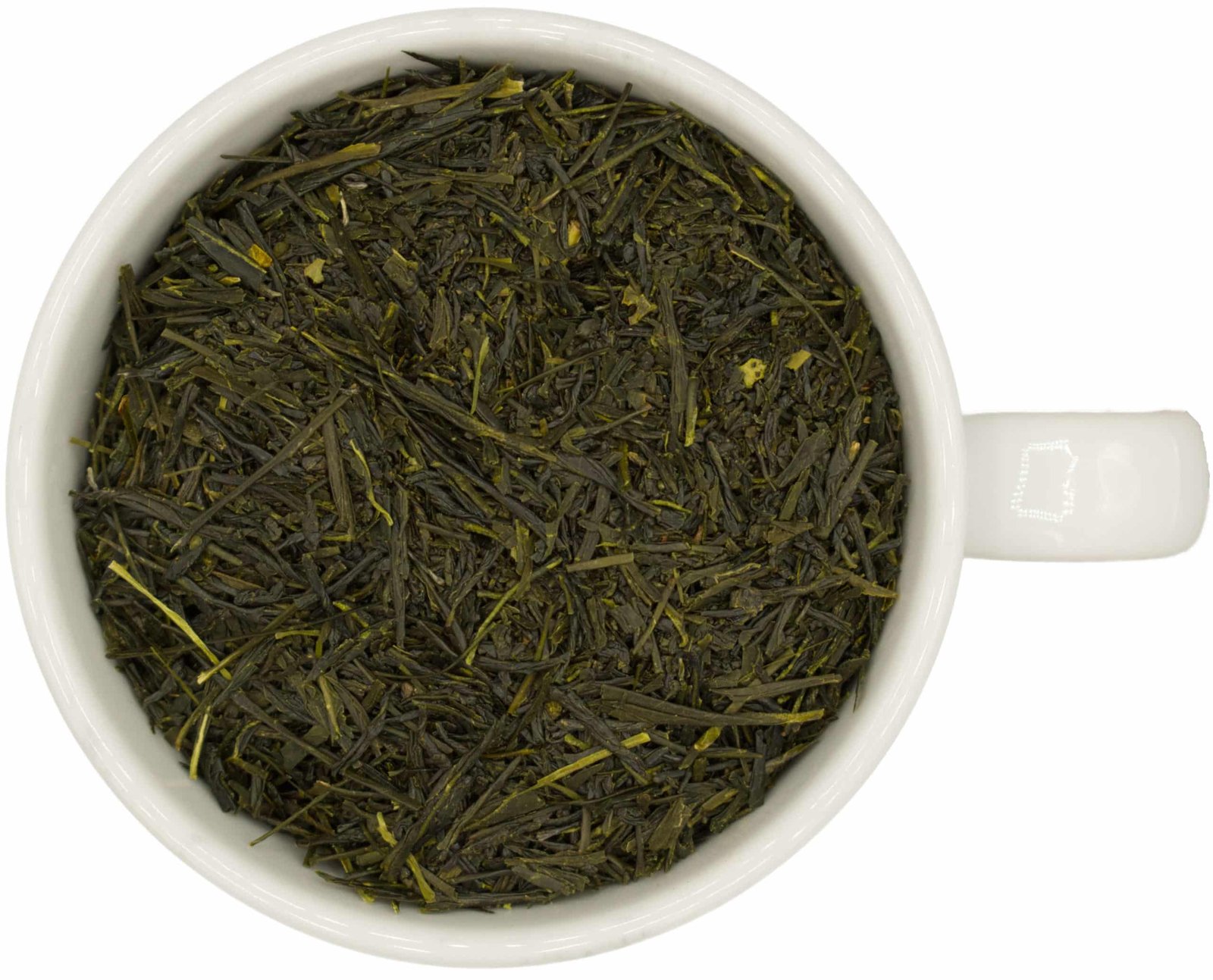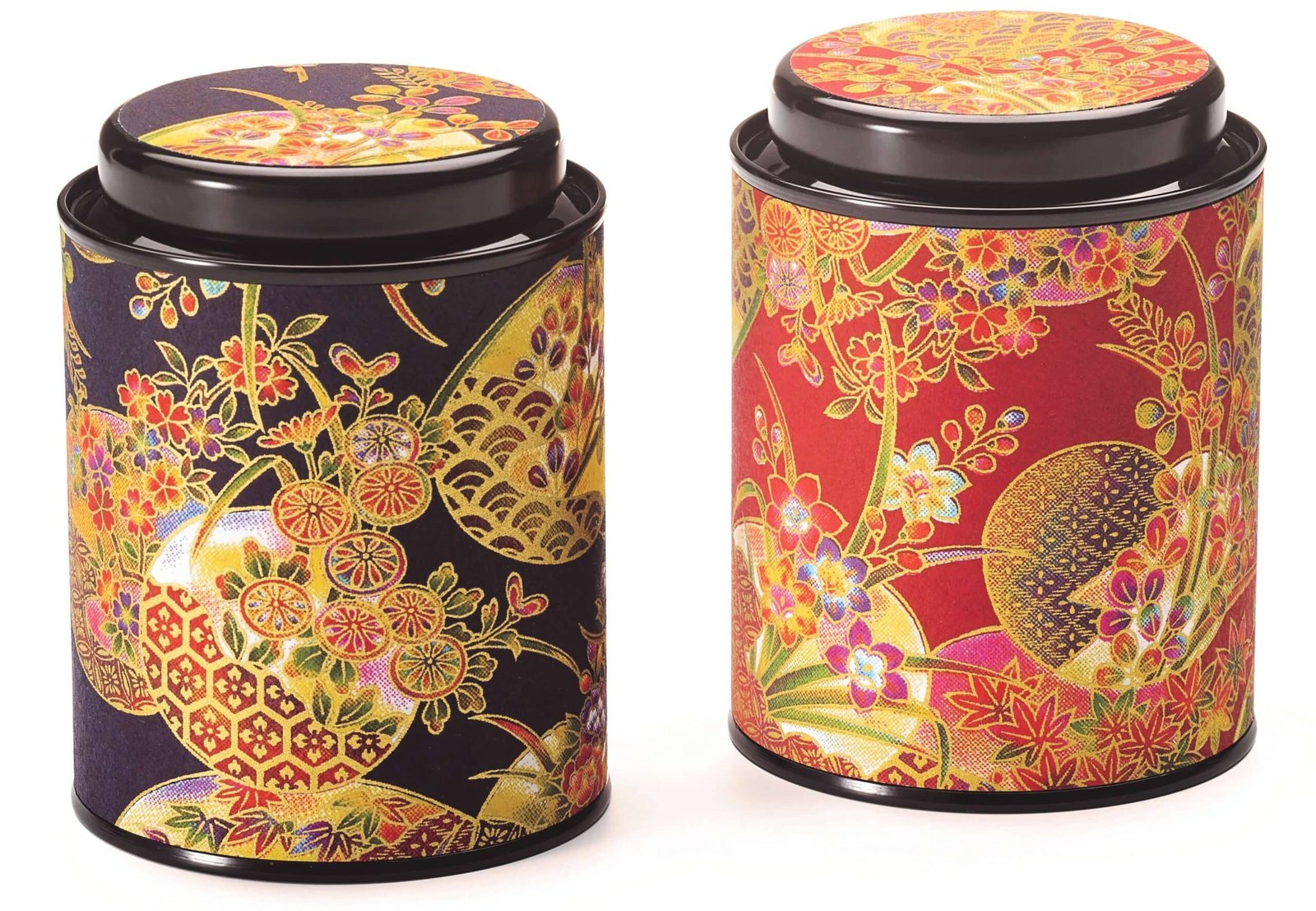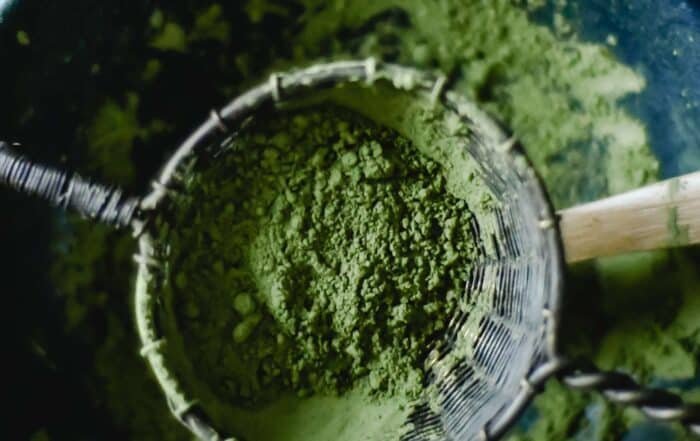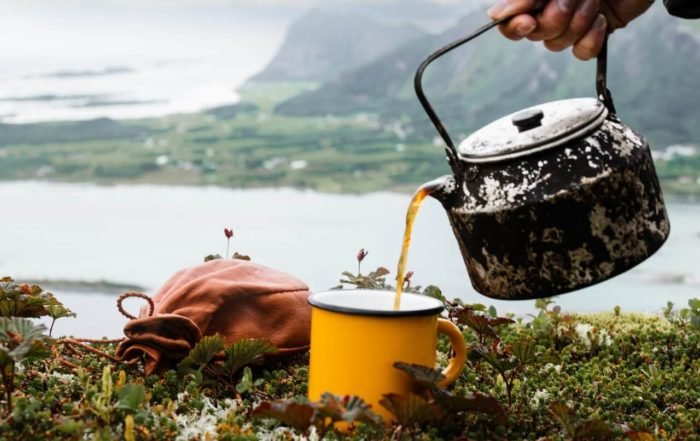Tea, unlike coffee, is already sorted and processed in the countries of origin. There are two basic types of further processing: the orthodox production method and the CTC (Crushing-Tearing-Curling) method.
Orthodox method
Individual specialties have special manufacturing processes. In general, orthodox tea production consists of withering, rolling with oxidation as well as drying and finally sorting into leaf grades.
First step: withering
Withering is the process of wilting the leaves to prepare them for subsequent processing. This causes the leaves to lose about a quarter of their moisture. Usually, the tea leaves are spread on grids and ventilated with fans.
Second step: Rolling & Oxidation
Tea oxidizes to a greater or lesser extent during production. This results in different varieties, such as black, green or white tea. The leaf material is rolled to break the cell walls and allow the cell sap to undergo a chemical reaction with the air. Teamakers check the state of oxidation with a trained eye. An important job with responsibility! Unintentional “over-oxidation” can destroy entire batches.
In green tea, oxidation after withering is prevented by so-called steaming or panfiring. Steaming uses hot steam to process the leaf, while panfiring involves roasting the tea. The heat destroys the enzymes responsible for oxidation.
Third step: drying
Tea with high residual moisture would not survive export and would mold within a very short time. Therefore, the leaf material is dried until a residual moisture of less than 10% is reached.
Fourth step: Sorting
The tea is now sorted into different leaf sizes. This is done by simple sieving. First, there is the classic leaf tea from the first sieving (that is, what remains at the very top of the sieve), then there are smaller leaves and parts of leaves called broken. Fannings and dust are mostly used in tea bag production.
Incidentally, it is a misconception that fannings and dust, or tea dust, are necessarily of lower quality than leaf teas or broken-grade. The smaller the tea leaf, the more surface area the water has to attack during preparation and the more intense the taste of the result. Therefore, if high quality leaf tea is put into the sieve, bad tea will not come out at the bottom. It is the same original material, only smaller.
Orthodox production of green tea
With green tea, as previously mentioned, you want to stop the oxidation. Therefore, after plucking, the tea is directly steamed or panfired to kill the enzymes. Otherwise, the work steps are identical.
CTC production
Besides the orthodox production, the result of which is a high quality tea, there is also the CTC production. CTC stands for crushing, tearing and curling: These, in turn, are conveniently the exact steps of CTC production. The leaf is thus wilted, rolled and finally torn into small pieces by machine. It is an industrial processing, at the end of which tea bag-ready and intense-tasting beads (fannings) are obtained. CTC tea comes mainly from Assam and Rwanda.
Orthodox teas can be roughly distinguished according to the progress of oxidation. Sometimes the term “fermentation” is also mistakenly equated with oxidation. Fermentation describes the process of transformation of substances by fungi and bacteria, oxidation is the reaction with oxygen from the air. This is a significant difference. Only one variation of tea, Pu-Erh, actually undergoes fermentation.
In the production of tea, the leaves are rolled, causing cell sap to escape from the leaves and react with oxygen in the air.
Leave a comment
We think you might like this
Pssst… We’ll write more here!
Making tea: how to make Matcha
At True Tea you will find everything for your Matcha. Want to learn how to ...
What is the CTC tea production?
CTC is a newer production process for black teas. Compared to the traditional method ...
Basic knowledge of tea: How do I prepare tea correctly?
How to properly prepare tea If you do a little research on the topic ...
7 Good reasons for True Tea



